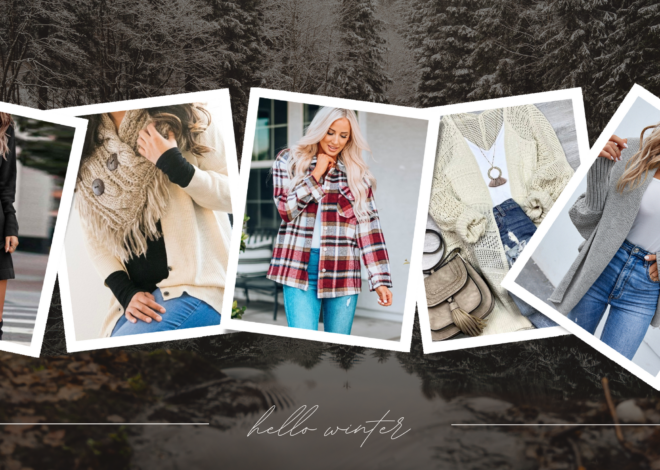How to Choose a Style of Sunglasses
It can be tempting to jump onto the latest sunglasses trends, like the aviator style sported by Drew Barrymore or the yellow lenses worn by Bono. Many women wear the sports/fashion fusion styles with larger frames and lenses and the designer lines that feature bold metal frames. The fact is, not all styles suit all people. You can use trends to dictate some of your choices, but remember to take your lifestyle and look into consideration.
Step 1
Check your sunglasses for protection from ultraviolet rays. This is important for darker sunglasses, because their shade allows the eyes to stay open and the pupils to stay dilated, making them more vulnerable to sun’s damaging rays. Look for lenses that are marked UV 400 or 100 percent UV protection. These block 99 to 100 percent of UVA and UVB type rays.
Step 2
Consider your needs. Some sunglasses are purely accessories, while others are designed for specific activities or weather conditions. Sports sunglasses with nylon frames are typical for active sports. Fashion sunglasses feature more variety in terms of frame and lens materials and appearance. Models such as Bolle Dirty 8 and Serengeti Zina Cosmopolitan fuse sports durability with fashionable styling. Light rimless models have a hole drilled into the lens for the frame attachment. Aviator sunglasses have always been worn by men and have spread to women’s fashion.
Step 3
Choose frame sizes and shapes that complement your face. People with square faces can minimize width with rounded frames and narrower construction. Oval face shapes look good in most frames, but the size should be proportionate to the face. Choose angled or straight frames to narrow a round face. For a triangle-shaped face that is wider at the jawline, find bold frames that balance the features. For triangle-shaped faces with narrow jaws, look for frames that rest low on the temple or are rimless.
Step 4
Select a lens style. Mirrored lenses give the wearer more privacy, because no one can tell where you are looking. However, the mirrored finish scratches easily. Polarized lenses cut down glare from reflected light. Bright colored lenses can be trendy, but clash with some apparel. Some people steer away from clear or lightly tinted sunglasses because they worry about reduced protection but, if the lenses are coated in UV block, these styles are safe to wear. Photochromic lenses darken in bright light. Gradient lenses are dark at the top and lighten to clear at the bottom.
Step 5
Determine which color suits your purposes. Black, navy and dark gray lenses are the fashionable classic of foreign films and cafe poets. Yellow and amber lenses are ideal on cloudy days or at nighttime, but can leave you squinting in bright sunshine. Purple, indigo and blue lenses are great crossover colors from day to night, and they can impart a relaxing mood upon the wearer. Copper and brown lenses bring out contrasts, making them good for driving. Smoke or green lenses keep colors looking natural but tone down harsh bright light. Vermilion and rose lenses are useful in snow sports and other extremely bright environments because they enhance contrast between colors and shapes.
Warnings
- Before settling on a sleek and skinny frame shape, consider that larger frames and lenses offer more protection from the sun.
- Never use ammonia to clean sunglasses as it strips the lenses of their UV protective coating.


